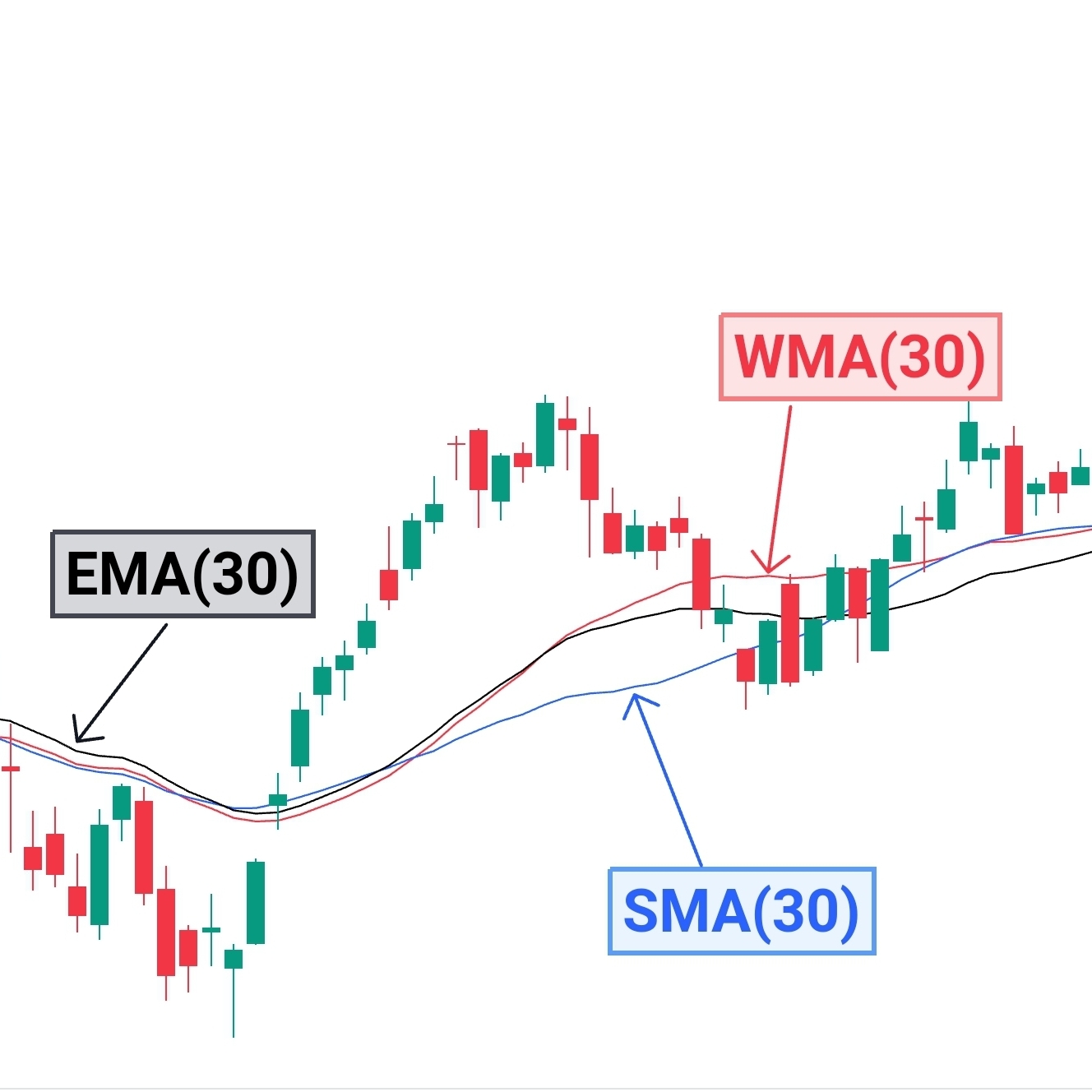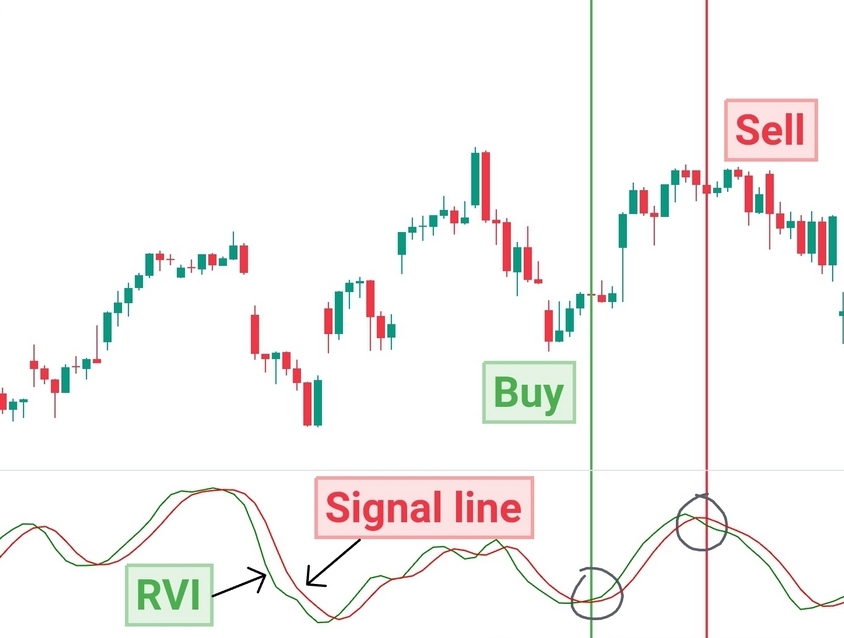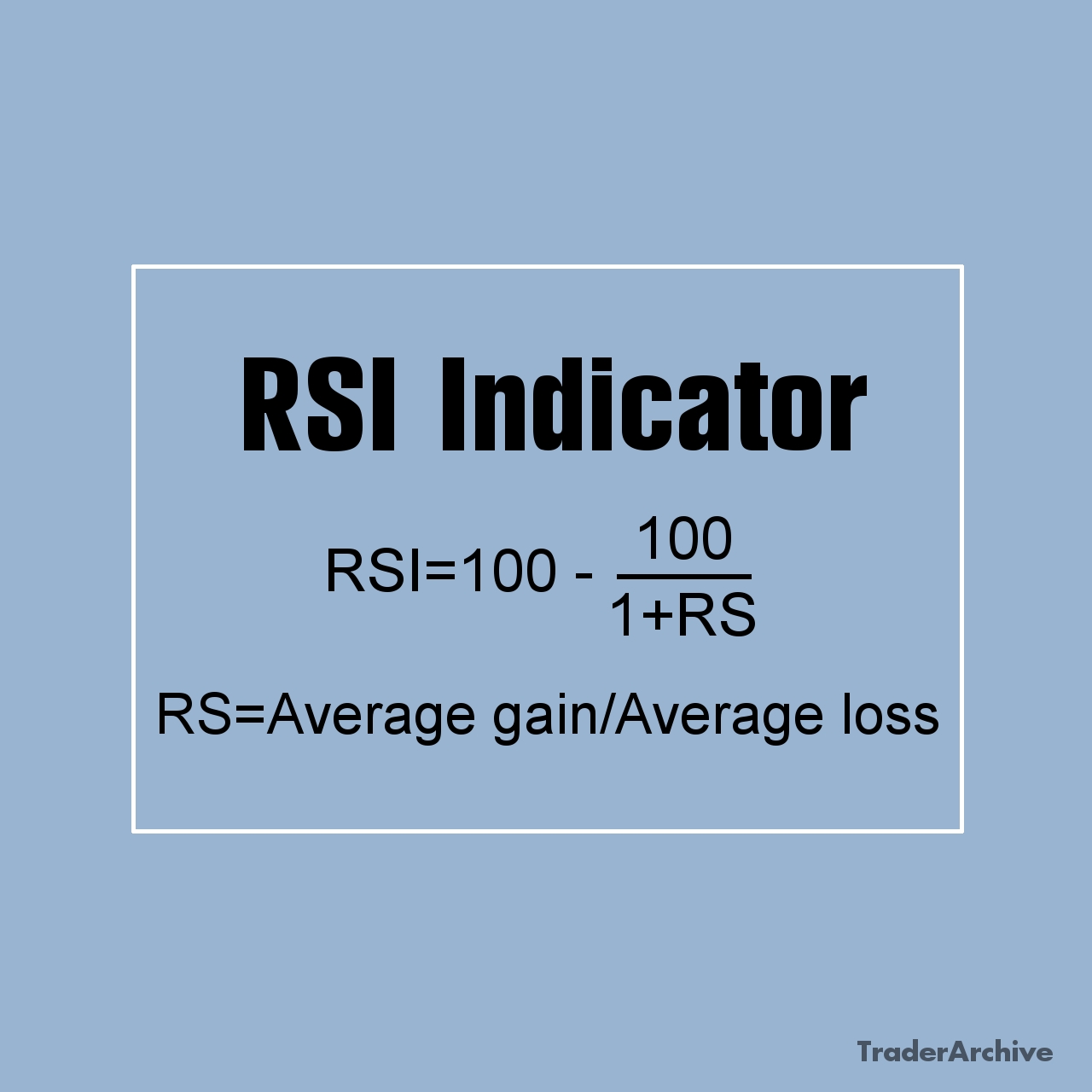Swing trading combines elements of both short-term and long-term trading. It offers traders the opportunity to capitalize on intermediate-term price movements within a broader trend, typically holding positions for several days to weeks. Swing trading hinges on the concept of capturing “swings” or price fluctuations occurring within established trends. Unlike day trading, which involves executing multiple trades within a single day, swing trading allows for more flexibility, making it suitable for individuals with busy schedules or those seeking to minimize the time commitment associated with active trading strategies. This thorough manual covers features of swing trading, exploring its principles, strategies, risk management techniques, and the tools necessary for success.
- Understanding the Fundamentals of Swing Trading
- Key Principles of Swing Trading
- Benefits of Swing Trading
- Effective Strategies for Swing Trading
- How to Chose Best Stocks for Swing Trading?
- Tools and Resources for Swing Traders
- An Example of a Swing Trade
- Tips for Success in Swing Trading
- Risks and Challenges
- FAQ
Understanding the Fundamentals of Swing Trading
Swing trading revolves around identifying and profiting from price movements that occur as part of broader market trends. Unlike fundamental analysis, which focuses on assessing a company’s intrinsic value, or day trading, which seeks to exploit short-term price fluctuations, swing trading relies heavily on technical analysis.
Technical analysis involves the study of past market data, such as price and volume, to forecast future price movements. Chart patterns, trend lines, and technical indicators are essential tools utilized by swing traders to identify potential entry and exit points.
Key Principles of Swing Trading
Trend Identification: The foundation of successful swing trading lies in accurately identifying the direction of the prevailing trend. Swing traders typically align their positions with the primary trend, whether it’s bullish (upward), bearish (downward), or sideways (consolidating).
Entry and Exit Points: Timing is critical in swing trading. Traders aim to enter positions near the beginning of a price swing, often after a retracement within the trend, and exit before the trend loses momentum or reverses.
Risk Management: Managing risk is paramount in swing trading to protect capital and preserve profits. Position sizing, setting stop-loss orders, and adhering to risk-reward ratios are common practices employed by swing traders to mitigate potential losses.
Patience and Discipline: Successful swing traders exhibit patience and discipline in adhering to their trading plans, avoiding impulsive decisions driven by emotions or market noise.
Swing trading tends to be less stressful compared to day trading. With more time available for analysis and decision-making, traders can make informed decisions without feeling rushed.
Benefits of Swing Trading
Swing trading offers a range of benefits that appeal to traders of various backgrounds and preferences. Firstly, it provides flexibility in terms of time commitment. Unlike day trading, which demands constant monitoring of the market, swing trading allows traders to hold positions for days or weeks. This flexibility accommodates individuals with other commitments or occupations, enabling them to participate in the market without the need for continuous attention.
Moreover, swing trading tends to be less stressful compared to day trading. With more time available for analysis and decision-making, traders can make informed decisions without feeling rushed. This reduced pressure can lead to better psychological well-being and improved decision-making.
In addition, swing trading requires less capital compared to long-term investing. Traders can leverage their funds to take advantage of short- to medium-term price movements, amplifying returns. While this leverage can enhance profitability, it also comes with increased risk that traders should be mindful of.
Furthermore, swing trading has less exposure to commissions compared to day trading. Since swing traders hold positions for longer durations, they typically execute fewer trades, resulting in lower overall transaction costs. This reduced exposure to commissions can contribute to improved profitability over time, as traders retain a larger portion of their gains. Additionally, minimizing transaction costs allows swing traders to focus on capturing favorable opportunities in the market without being unduly burdened by excessive trading fees.

Free Backtesting Spreadsheet
Effective Strategies for Swing Trading
Numerous strategies can be employed in swing trading, each catering to different market conditions and risk preferences. Some popular strategies include:
- Breakout Trading: This strategy involves entering positions when the price breaks out of a predefined trading range or chart pattern, signaling a potential continuation of the trend. For more details about breakout trading read this article.
- Pullback Trading: Also known as “buying the dip” in uptrends or “selling the rally” in downtrends, pullback trading involves entering positions after a temporary retracement within the prevailing trend.
- Trend Reversal Trading: Contrarian swing traders seek to capitalize on trend reversals by identifying signs of exhaustion or overextension in the market and entering positions opposite to the prevailing trend.
- Fibonacci Retracement: Based on the Fibonacci sequence, this strategy involves using key retracement levels (e.g., 38.2%, 50%, 61.8%) to identify potential support or resistance levels where price reversals may occur.
- Moving Average Crossovers: Utilizing moving averages, this strategy involves entering positions when short-term moving averages cross above or below longer-term moving averages, signaling a change in trend direction.
How to Chose Best Stocks for Swing Trading?
Consider these 7 factors when selecting stocks for swing trading:
- Volatility: Stocks with moderate to high volatility are often preferred for swing trading, as they offer greater price fluctuations and trading opportunities within short- to medium-term timeframes.
- Liquidity: Consider stocks with high trading volume and liquidity to ensure ease of entry and exit. Higher liquidity reduces the risk of slippage and improves order execution efficiency.
- Trendability: Look for stocks that exhibit clear and well-defined trends, either upward or downward. Trends provide a directional bias for swing traders to capitalize on, allowing them to ride momentum and capture profits during price swings.
- Market Cap: While swing traders can trade stocks across all market capitalizations, many prefer mid-cap and large-cap stocks due to their stability and relatively predictable price movements compared to small-cap stocks, which can be prone to manipulation.
- Sector Strength: Focus on stocks within sectors that are experiencing strong performance or favorable market conditions. Thematic trends can influence stock prices, presenting opportunities for swing traders to align with prevailing market trends.
- News Catalysts: Stocks with upcoming catalysts such as earnings releases, product launches, mergers and acquisitions, or regulatory approvals can experience heightened volatility, making them attractive candidates for swing trading around these events.
- Technical Indicators: Use technical analysis tools to identify stocks with favorable chart patterns, momentum indicators, and support/resistance levels. Stocks that exhibit clear technical signals, such as breakouts, pullbacks, or trend reversals, are often preferred by swing traders.
Tools and Resources for Swing Traders
In addition to sound knowledge of technical analysis and risk management principles, swing traders rely on various tools and resources to enhance their trading effectiveness:
Charting Platforms: Robust charting platforms, such as TradingView, ThinkorSwim, or MetaTrader, provide advanced technical analysis tools, customizable chart layouts, and real-time market data essential for conducting thorough analysis.
Technical Indicators: A wide range of technical indicators, including moving averages, oscillators (e.g., RSI, MACD), and trend-following indicators (e.g., ADX), help traders identify potential entry and exit points and gauge market momentum.
Economic Calendar: Monitoring economic events, earnings reports, and other macroeconomic indicators can provide valuable insights into potential market catalysts and help traders anticipate price movements.
Trading Journals: Keeping detailed trading journals to track trade entries and exits, record trading strategies, and evaluate performance over time is crucial for continuous improvement and learning from past mistakes.
An Example of a Swing Trade
Suppose you are a swing trader analyzing the stock of Nvidia Corporation (NASDAQ: NVDA) in the technology sector. After conducting fundamental and technical analysis, you identify a potential swing trading opportunity based on the following criteria:
- Technical Analysis:
- NVDA has been in a strong uptrend for the past few months, characterized by higher highs and higher lows.
- Recently, the stock experienced a pullback to a key support level near $662, where it found buying interest and bounced upward.
- Fundamental Analysis:
- Nvidia Corporation just announced positive quarterly earnings results, beating analysts’ expectations.
- The artificial intelligence (AI) trend favors the technology sector, providing a favorable backdrop for Nvidia Corporation’s stock.

Example of a swing trade. NVDA, 1h interval chart/TradingView
Entry and Exit Strategy: Based on your analysis, you decide to enter a swing trade in Nvidia stocks as follows:
- Entry Point: You enter a long position (buy) in NVDA as the fast Exponential Moving Average (EMA) with a period of 9 crosses above its slow EMA with a period of 32, confirming a continuation of the uptrend.
- Exit Point: You exit the trade when the fast EMA(9) crosses below its slow EMA(32). This condition is used to capture gain as well as manage risk and limit potential losses in case the trade goes against you. The lengths of the fast and slow EMAs were chosen as optimal after backtesting with historical data.
Execution and Outcome: After entering the trade, you monitor NVDA regularly, observing price movements and market developments. Over the next 2-3 weeks, the stock continues its upward trajectory, fueled by positive bullish market sentiment. At some point, the bullish trend shows signs of exhaustion, triggering the exit of the trade.
Result: The trade yields a gain of $91 per share ($869 – $778) on your swing trade in Nvidia stocks.
Tips for Success in Swing Trading
Develop a Trading Plan: Establish clear entry and exit criteria, risk management rules, and profit targets before entering any trade. A well-defined trading plan helps maintain discipline and consistency in decision-making.
Manage Risk Effectively: Limiting risk on each trade through proper position sizing, setting stop-loss orders, and adhering to risk-reward ratios is paramount in swing trading. Risk management is key to preserving capital and surviving in the markets over the long term.
Continuously Educate Yourself: Stay updated with market developments, economic indicators, and emerging trends through continuous learning and research. Regularly analyze your trading performance, identify strengths and weaknesses, and refine your strategies accordingly.
Practice Patience: Swing trading requires patience, as profitable opportunities may not materialize immediately. Avoid chasing trades or succumbing to FOMO (fear of missing out) and wait for high-probability setups that align with your trading plan.
Stay Disciplined: Maintain discipline in following your trading plan rigorously, even in the face of adversity or temporary setbacks. Embrace losses as part of the learning process and focus on long-term consistency rather than short-term gains.
Unlike day trading, swing traders hold positions overnight, exposing them to overnight risk. Price gaps can occur between the closing and opening prices, especially in response to unforeseen events or news releases…
Risks and Challenges
Market Volatility: Swing trading exposes traders to market volatility, which can result in rapid price fluctuations and increased risk of losses. Sudden news events, geopolitical developments, or macroeconomic indicators can trigger volatility, challenging traders’ ability to react swiftly.
Overnight Risk: Unlike day trading, swing traders hold positions overnight, exposing them to overnight risk. Price gaps can occur between the closing and opening prices, especially in response to unforeseen events or news releases, leading to potential losses or missed opportunities.
Emotional Discipline: Successful swing trading requires discipline and emotional control to adhere to predefined trading plans and risk management strategies. Emotional biases like fear, greed, and overconfidence can cloud judgment and lead to impulsive decision-making, undermining trading performance.
Timing: Timing is critical in swing trading, as entering and exiting positions at the right moments is essential for profitability. However, accurately timing market reversals or trend continuations is inherently challenging and requires experience, technical analysis skills, and intuition.
Final Thoughts
Swing trading offers a compelling balance between the active trading approach of day trading and the longer-term perspective of buy-and-hold investing. By harnessing the power of technical analysis, employing effective risk management techniques, and utilizing the right tools and resources, swing traders can navigate the complexities of financial markets and capitalize on intermediate-term price movements.
Share on Social Media:
FAQ
Is swing trading profitable?
Swing trading can be profitable for traders who effectively identify and capitalize on short- to medium-term price movements in the financial markets. Success in swing trading depends on factors such as market conditions, trading strategies, risk management, and individual skill level.
Is swing trading better for beginners?
Swing trading can be suitable for beginners who have a basic understanding of trading concepts and are willing to learn and practice. Compared to day trading, swing trading typically involves holding positions for longer durations, which may be less stressful for beginners who are still developing their trading skills.
How much money is needed for swing trading?
While there is no set minimum capital requirement for swing trading, traders should have enough funds to cover position sizes that allow for proper risk management and avoid overleveraging. Additionally, having sufficient capital ensures that traders can withstand potential losses and continue trading without facing financial strain.
Is swing trading high risk?
Swing trading carries a moderate level of risk, like other trading styles. While swing traders aim to capitalize on short- to medium-term price movements, they are exposed to market volatility, overnight risk, and potential losses. Effective risk management techniques, such as setting stop-loss orders, diversifying trades, and adhering to the 2% rule, can help mitigate the inherent risks.
What is the 2% rule in swing trading?
The 2% rule in swing trading is a risk management principle that suggests limiting the maximum amount of capital risked on any single trade to 2% of the trader’s account balance. For example, if a trader has a $10,000 trading account, they would risk no more than $200 (2% of $10,000) on any individual trade.









